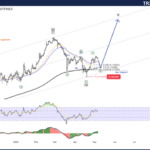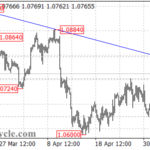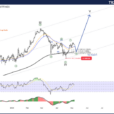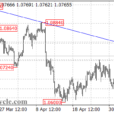

The US dollar is enjoying a firmer tone against the major currencies today. It does not appear to be simply position adjustments ahead of the ECB meeting. Consider that Australia reported strong employment data, and after making new highs, reaching almost $0.8000, it has reversed to toy with yesterday’s low. A convincing break of that area (~$0.7910), especially on a closing basis, could be the kind of technical reversal that momentum traders take note.
Australia created 62k new full-time positions while losing 48k part-time positions. It is the fourth strong full-time job creation over the last five months. Consider that in H1, Australia created on average nearly 28k full-time jobs a month. Last year, the monthly average was a loss of nearly 2k full-time jobs. Hours worked rose 4.6% at an annualized rate in Q2. The employment data bodes well for consumption, production, and exports. The central bank is likely to recognize the diminished downside risks while the substantial slack discourages a rate hike. Wage pressures are modest and next’s week’s Q2 CPI is expected to show steady to slower inflation.
As widely anticipated the Bank of Japan stood pat and shaved its inflation forecasts. This fiscal year’s inflation forecast was cut to 1.1% from 1.4%. It pushed out for another year, now around FY19, that the 2.0% core inflation (excluding fresh food) is approached. This signals a BOJ that remains committed to its unorthodox stance. Despite coming under pressure from some in the Diet, the BOJ is not talking about exit or tapering. The BOJ also tweaked its growth forecasts. The economy is expected to expand by 1.8% this fiscal year compared with 1.6%, while FY18 GDP is forecast at 1.4% up from 1.3%. FY19 GDP is expected to slow to 0.7% (unchanged forecast) as it includes the expected sales tax increase.
Separately, Japan reported that its trade balance swung back into surplus in June after a deficit in May. Exports rose 9.7% year-over-year while imports rose 15.5%. Both were stronger than expected, though the resulting trade surplus was a little smaller than forecast. Stronger foreign demand is helping spur domestic activity, especially machine orders, industrial production, and capex. Japan’s exports to China, its largest trading partner are up 19.5% year-over-year. Exports to the EU are up 9.6%, while exports to the US have risen 7.1%.
















